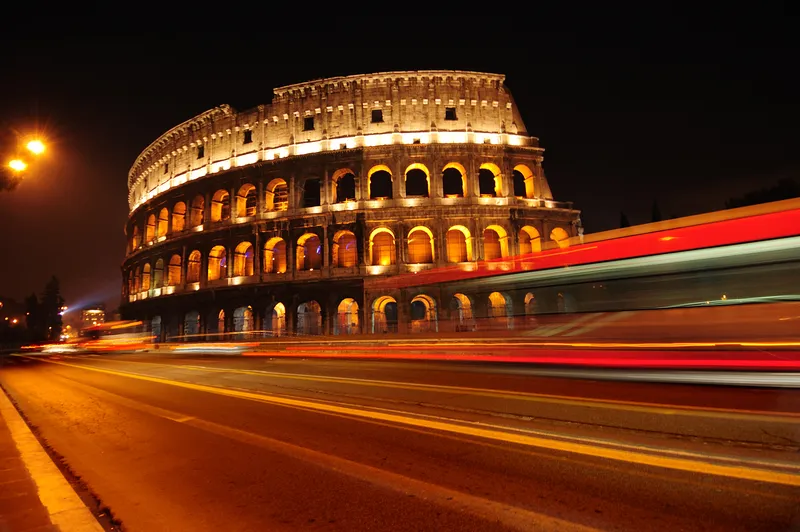Visteon Corporation has announced that it has agreed to sell its automotive lighting business to Varroc Group, a global provider of automotive parts headquartered in India, for US$92 million in cash. The transaction, which is subject to regulatory reviews and other conditions, is expected to be completed in the third quarter of 2012. The business to be sold encompasses a wide range of exterior lighting products supplied to global vehicle manufacturers, including front and rear lighting systems, auxiliary la
March 22, 2012
Read time: 2 mins
The business to be sold encompasses a wide range of exterior lighting products supplied to global vehicle manufacturers, including front and rear lighting systems, auxiliary lamps and key subcomponents such as projectors and electronic modules. With 2011 revenue of $531 million, the business to be sold has operations in Europe, North America and Asia.
"This transaction allows Visteon to focus on our core climate and electronics businesses and our joint venture relationships, which are positioned for profitable growth and market leadership," said Donald J. Stebbins, Visteon chairman, chief executive officer and president. "We are pleased to be selling our lighting business, with its many competitive strengths, to a successful and growing company with 26 manufacturing plants and three engineering centres, where we think it will be an excellent strategic fit.
Visteon operations that would transfer to Varroc include manufacturing and engineering facilities in Novy Jicin and Rychvald, Czech Republic; Monterrey, Mexico; and Pune, India. The companies intend for the sale to include Visteon's equity interest in a China-based lighting joint venture, Visteon TYC Corporation. Certain other lighting employees and assets would transfer as well. In total, about 4,200 manufacturing, engineering and administrative employees are part of the lighting business that is involved in the transaction.
Varroc Group, based in Aurangabad, India, supplies components for two-, three- and four-wheel passenger and commercial vehicles. The company has approximately 5,000 employees at 20 manufacturing plants in India, five in Europe and one in Southeast Asia.









